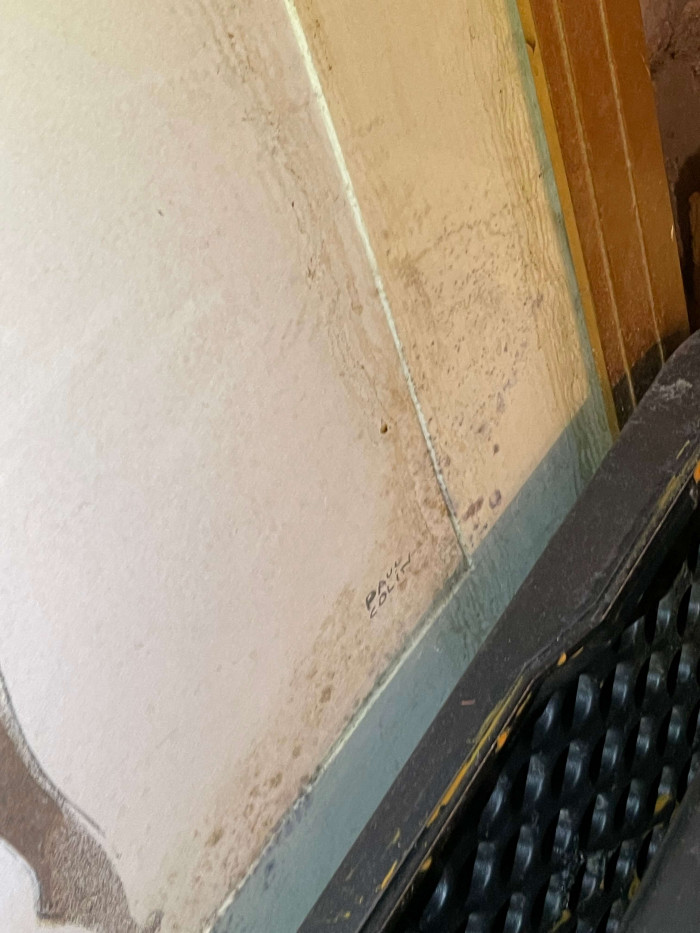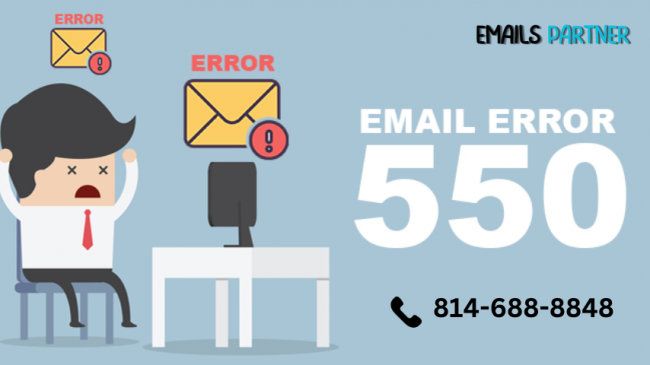Mold growth in the home is more than just an eyesore—it can seriously affect the health of your family and the structural integrity of your property. Whether it’s due to high humidity, hidden leaks, or poor ventilation, mold thrives in moist environments and can quickly spread if not addressed.
Mold remediation should be a top priority for homeowners, especially if you want to maintain a safe, clean, and healthy living space. Below are five critical reasons why mold remediation is essential for your home.
1. Protect Your Family’s Health
Mold is notorious for triggering health problems. Mold spores can become airborne and cause allergic reactions, respiratory issues, and asthma attacks. People with allergies, asthma, or weakened immune systems are particularly vulnerable.
Symptoms like coughing, sneezing, itchy eyes, and skin irritation may worsen if mold is present. Prolonged exposure can lead to more severe conditions, such as chronic sinus infections or even lung infections.
By addressing mold growth early on, you reduce the risk of these health concerns and create a safer environment for everyone in your home.
2. Prevent Structural Damage

Mold doesn’t just affect the air you breathe; it can also damage the very structure of your home. Mold feeds on organic materials like wood, drywall, and insulation. Over time, it can compromise the strength of these materials, leading to structural damage that’s costly to repair.
For example, mold growing behind walls can go unnoticed for months, slowly eating away at the framework and weakening the structure.
By the time visible signs of mold appear, the damage may already be extensive. Professional mold remediation can prevent such issues, protecting your home’s value and stability.
3. Improve Indoor Air Quality
Poor indoor air quality is one of the lesser-known consequences of mold. When mold spores circulate in the air, they can worsen the air quality in your home, making it difficult to breathe—especially for those with respiratory conditions. Mold remediation helps to eliminate the source of the contamination, significantly improving the air you and your family breathe.
Homes with poor ventilation or high humidity levels are particularly prone to mold-related air quality issues. By prioritizing remediation, you can ensure that the air inside your home remains clean and fresh.
4. Avoid Long-Term Costs
Homeowners often delay mold remediation, thinking the problem will resolve on its own or that it’s just a minor inconvenience. Unfortunately, mold tends to spread quickly and can cause extensive damage if not addressed promptly. The longer you wait to remove mold, the more expensive the remediation and repair process becomes.
Early intervention helps you avoid costly repairs in the future. Addressing mold growth as soon as it's detected can save you from having to replace large sections of drywall, flooring, or insulation—preventing financial strain down the road.
5. Preserve Property Value
If you’re thinking of selling your home in the future, mold growth can significantly reduce its value. Prospective buyers are often wary of homes with a history of mold problems due to potential health risks and future repair costs. Even if the mold is hidden, home inspectors will likely detect it during the inspection process, which could lead to failed negotiations or lower offers.
Proactive mold remediation helps maintain the market value of your property, ensuring that when the time comes to sell, you’re not caught off guard by mold-related issues.
DIY Tips for Mold Prevention
While professional mold remediation is often necessary for large or hidden infestations, there are steps you can take to prevent mold growth and manage small-scale problems on your own:
- - Keep Humidity Levels Low: Mold thrives in humid environments, so it’s essential to maintain indoor humidity levels below 60%. Use dehumidifiers in damp areas like basements and bathrooms to reduce moisture in the air.
- - Ensure Proper Ventilation: Make sure high-moisture areas like bathrooms, kitchens, and laundry rooms are well-ventilated. Running exhaust fans or opening windows when cooking or showering can help prevent moisture buildup.
- - Fix Leaks Promptly: Water leaks from roofs, plumbing, or windows can create the perfect breeding ground for mold. Regularly inspect your home for leaks and fix them immediately to prevent water damage and mold growth.
- - Use Mold-Resistant Products: If you’re doing home renovations, consider using mold-resistant drywall, paint, or insulation, especially in areas prone to moisture like basements or bathrooms.
- - Clean Mold with Household Solutions: For small patches of mold, you can use a solution of water and vinegar or a mix of water and baking soda. Scrub the affected area with a brush, then dry the area completely to prevent mold from returning.
When to Call a Professional
While DIY methods can help with small patches of mold, large or persistent infestations should always be handled by professionals. Knowing when to call in expert mold remediation services is crucial for both your health and the safety of your home. Here are some key indicators that professional help is needed:
- Mold Covers Large Areas: If mold is growing over an area larger than 10 square feet, it’s time to call a professional. DIY cleaning methods might remove the visible mold, but spores can remain in the air or within building materials. Professionals use advanced techniques, such as HEPA vacuuming and antimicrobial treatments, to ensure all mold is thoroughly removed, preventing future growth.
- Mold in Hidden Areas: Mold often grows in places that are hard to detect, like behind walls, under flooring, or inside HVAC systems. If you notice a persistent musty odor but can’t see the mold, or if there’s been recent water damage, professional mold inspectors can use specialized tools like moisture meters and infrared cameras to locate hidden infestations.
- Health Problems Persist: If your family is experiencing ongoing health issues, such as allergic reactions, respiratory problems, or unexplained fatigue, it could be a sign that mold is still present in your home, even if you can’t see it. A professional can assess your home’s air quality and safely remove all traces of mold to help alleviate these symptoms.
- Water Damage or Flooding: If your home has experienced any form of water damage—whether from a leaky roof, burst pipe, or flooding—there’s a high chance mold will begin to develop. Since mold can start growing within 24 to 48 hours of moisture exposure, it’s important to contact a professional immediately after the incident. They can prevent mold from spreading and causing further damage to your home.
- Recurrent Mold Problems: If mold keeps returning despite your best efforts to clean it, you likely have a deeper problem that needs professional intervention. Recurring mold issues suggest that the root cause, such as a moisture problem, hasn’t been fully addressed. A professional will not only remove the mold but also identify and fix the underlying issue, such as poor ventilation or water leaks.













